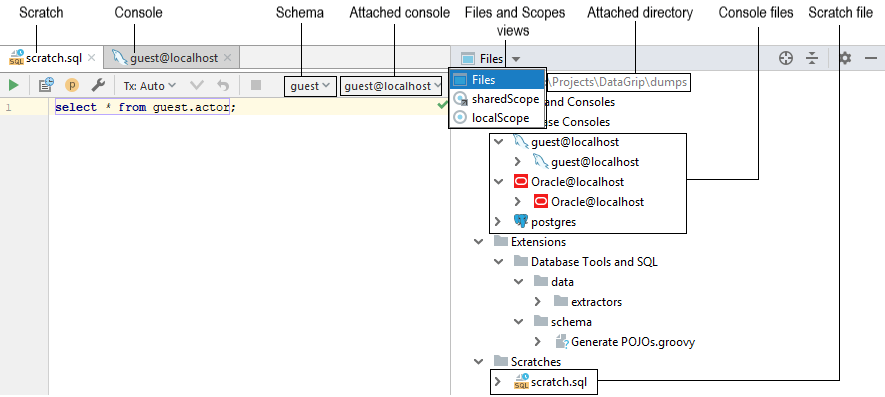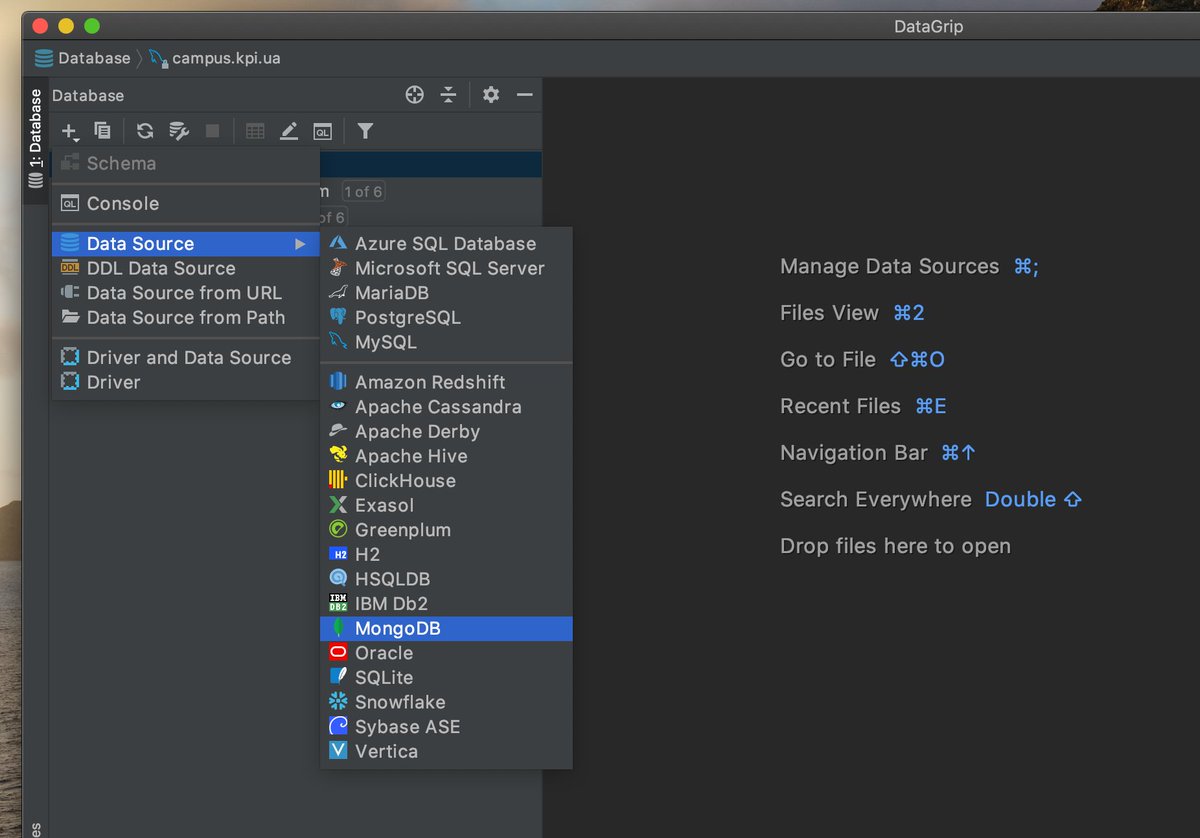
You’ll get an error if you don’t specify names for the parametrized functions, and vice versa. To use them, please use a PostgreSQL-like syntax for the named parameters, using ‘=>’ or ‘:=’. Some functions in MongoDB, such as dateToString, require named arguments. You can use all available MongDB functions except map, reduce, filter, and let. You can use the classic wildcards for the LIKE operator they will be translated into the valid regular expression for MongoDB. Supported operands: =, =, >=,, , !=, +, -, /, *, %, AND, OR, NOT, LIKE, NOT LIKE, IS, IS NOT, IN, NOT IN, BETWEEN, NOT BETWEEN.Table names and aliases shouldn’t be duplicated in all JOIN clauses.Nested SELECTs are not supported in JOIN clauses.

You can only use the `=` operator in the ON condition.You can only use one condition at a time.Only JOIN (INNER JOIN) and LEFT JOIN (LEFT OUTER JOIN) are supported.You must use an alias for a nested SELECT statement.Nested SELECT statements are supported.For example, SELECT MAX(1,2,3) won’t work. You can’t use aggregate functions, such as AVG, SUM, MIN, and MAX, as if they were not aggregate.COUNT ( expression) is not yet supported.You can use aggregate functions: AVG, SUM, MIN, MAX, and others.

Working сlauses: JOIN, WHERE, GROUP BY, HAVING, ORDER BY, LIMIT, OFFSET.

TL DR – You can now use SQL to query MongoDB databases. Hello! In this post about our third EAP build for 2020.3, we’ll describe just one feature – but it’s a huge one: SQL for MongoDB


 0 kommentar(er)
0 kommentar(er)
